We’ve finished our first year on the Design Strategy MBA program! It’s hard to believe. In December I wrote a post for Triple Pundit making the case for how thinking like a designer has a lot in common with being a good leader. It seems like a fitting end to the school year to re-post it here.
The business world has started to recognize something I’ve thought for a long time — designers have exactly what it takes to be great leaders. Here’s why:
We turn vision into reality.
Arguably the most powerful design skill (and the most underestimated, even by designers) is the ability to take abstract concepts and express them tangibly through visuals, messages, and models. We’re innovative at heart, and we bring the new and unusual to life in inspiring ways and show people things they couldn’t have imagined themselves.
We play well with others.
Designers work well independently, yet we also have the emotional intelligence and curiosity it takes to thrive in collaborative groups. We welcome input from those who will show us different perspectives, give us inspiration when we are stuck, criticize us when we can no longer see clearly, and push us to improve our work in ways we cannot achieve alone.
We see the big picture.
The best designers have a broad understanding of history, culture, and people, which gives us the perspective needed to see the long-range vision and give it context. We explore connections between unlikely things and weave those threads together into compelling stories that resonate.
We sweat the details.
I’ve never met a good designer who wasn’t obsessed with details! That level of attention can seem over-the-top, but consistent details are what provide the depth necessary to build up an idea and turn it into a rich, seamless experience.
We take work personally.
Regardless of what people say it’s rarely “just business”, especially when your business is creation. We are passionate about ideas, and the emotional investment we have in our work drives us to improve and learn constantly.
We are committed to sustainability.
Designers are on the front lines of the green revolution, perhaps because we have designed, built, and packaged so many wasteful things. Through communities like the Designers Accord, we are using our unique position to make a positive impact on the world.
 The image above is a detail from a poster I have been working on for my Mythology pinball project. I was having such a good time learning about the visual language of pinball that I got a little carried away on this poster — this is the kind all-consuming project that makes it hard to get any other work done!
The image above is a detail from a poster I have been working on for my Mythology pinball project. I was having such a good time learning about the visual language of pinball that I got a little carried away on this poster — this is the kind all-consuming project that makes it hard to get any other work done!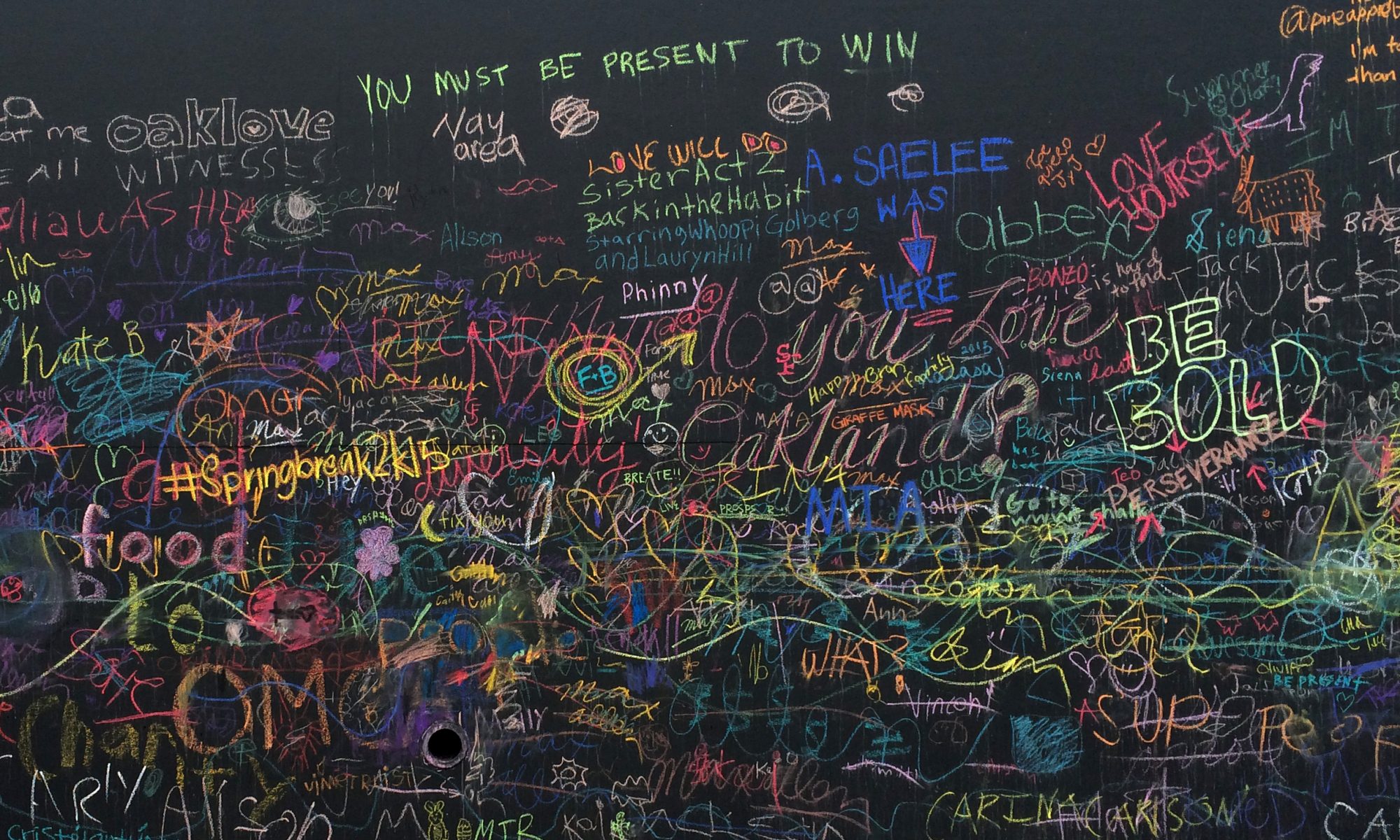
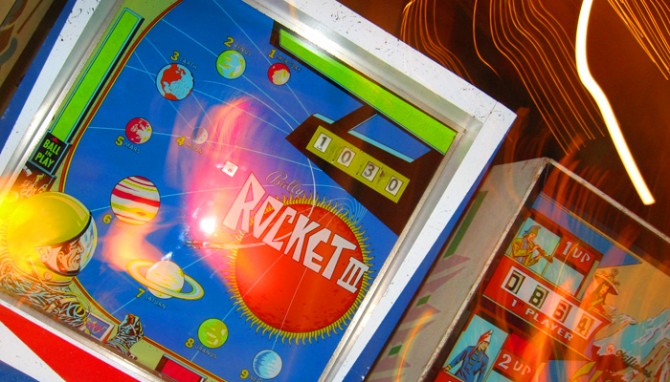 For my elective class this semester I chose Mythology, Meaning, and Design, an exploration of myths, archetypes, and symbols and how they continue to play out today in modern storytelling such as media and branding. So far it’s a very demanding class — more than an elective is worth, probably — but I’m having fun with it.
For my elective class this semester I chose Mythology, Meaning, and Design, an exploration of myths, archetypes, and symbols and how they continue to play out today in modern storytelling such as media and branding. So far it’s a very demanding class — more than an elective is worth, probably — but I’m having fun with it.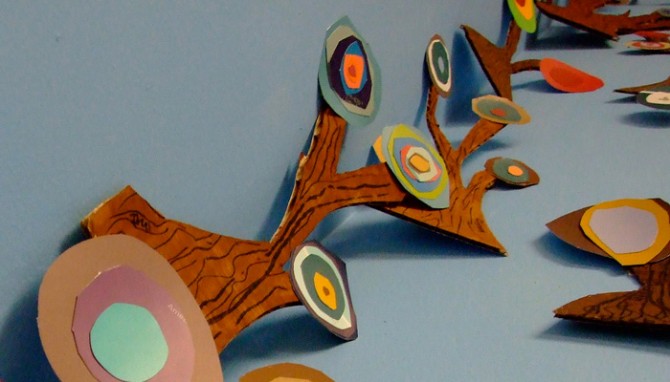 Recently I got back in touch with a friend from high school, who has become an art teacher and an impressive photographer. Her
Recently I got back in touch with a friend from high school, who has become an art teacher and an impressive photographer. Her 
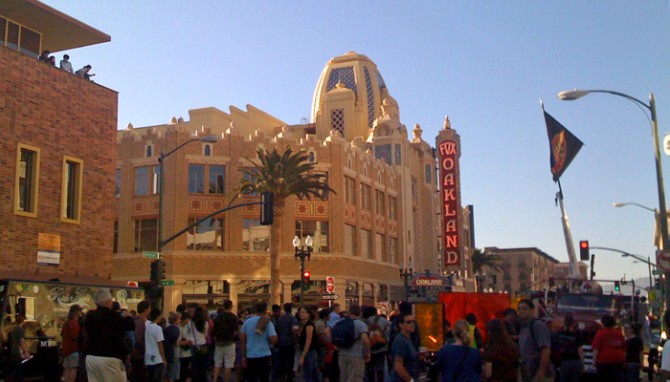
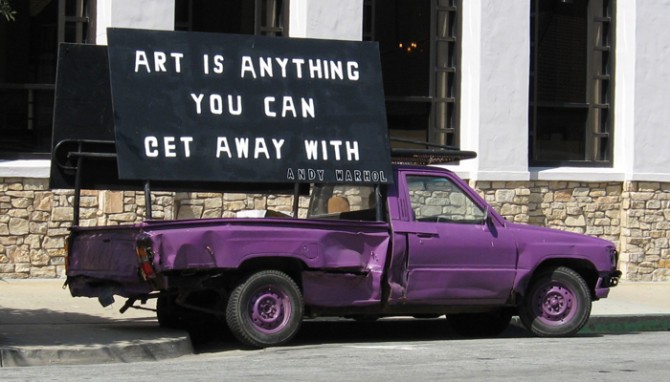
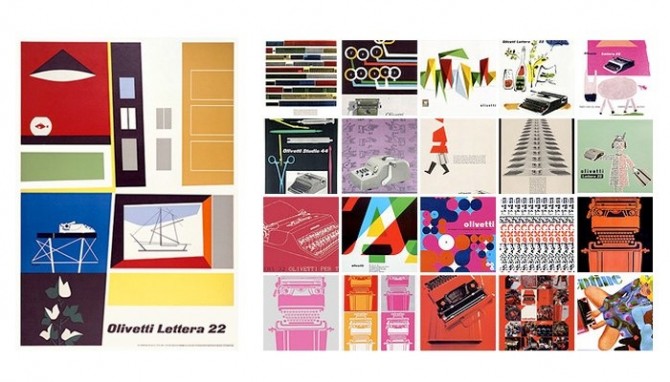 These vintage typewriter ads for Olivetti (shown above) just blow me away. They are such lovely, illustrated compositions, so different from the full page photo + headline ads of today. Italians certainly know how to design beautiful things, in this case not only the machine but also the ads for it. Illustration is becoming a lost art.
These vintage typewriter ads for Olivetti (shown above) just blow me away. They are such lovely, illustrated compositions, so different from the full page photo + headline ads of today. Italians certainly know how to design beautiful things, in this case not only the machine but also the ads for it. Illustration is becoming a lost art.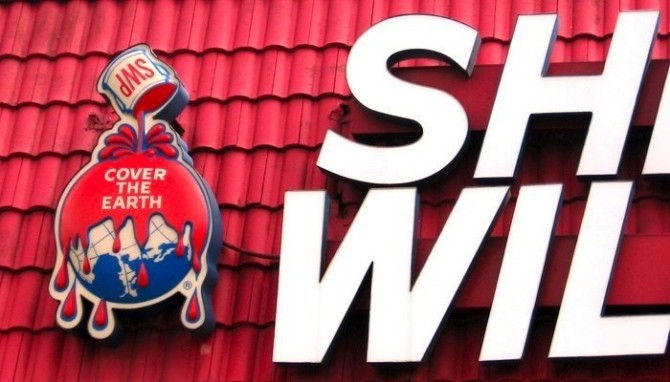 Recently I was astonished to see this Sherwin Williams logo, which I assumed old signage. Seriously, who in the world would think this logo is a good idea? I was wrong. This very old mark — which, to its credit, looks decades newer than its pre-1900 origins — is in fact still the approved Sherwin Williams logo. How have I never noticed this before?
Recently I was astonished to see this Sherwin Williams logo, which I assumed old signage. Seriously, who in the world would think this logo is a good idea? I was wrong. This very old mark — which, to its credit, looks decades newer than its pre-1900 origins — is in fact still the approved Sherwin Williams logo. How have I never noticed this before?